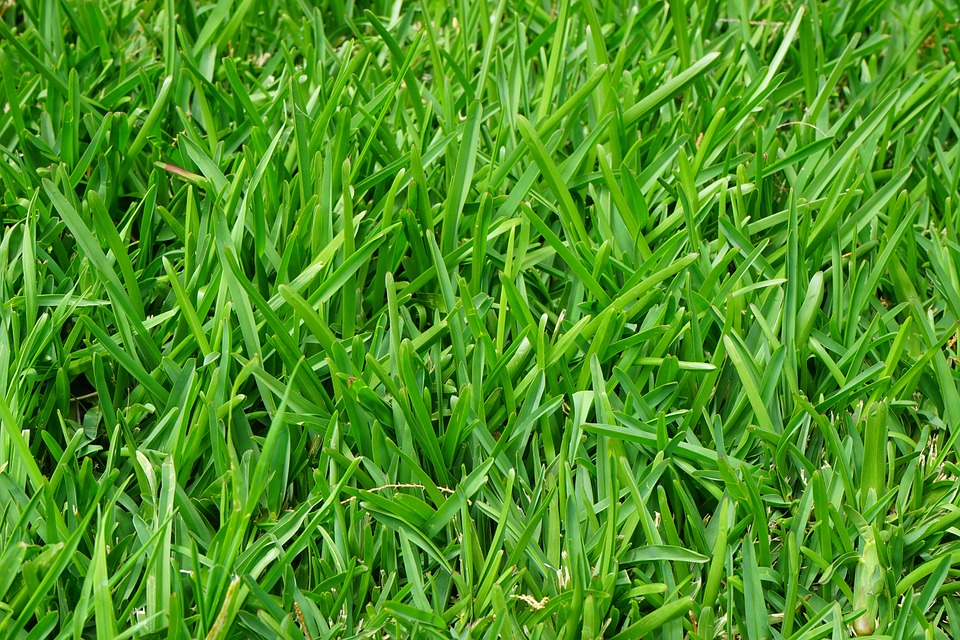What Grass is best for my yard?
Bermuda vs Zoysia vs Fescue tends to be the ultimate decision for your yard. What will look best? What will grow best? Is there a more weed resistant grass?
Bermuda is a warm season grass, and if you’ve lived in north GA for any length of time, you know that Bermuda does well in the summer and warm part of the year, but becomes dormant and dried up looking in the cooler months. Bermuda LOVES the sun, and basically can’t get enough of her. Heavy shade is very bad for Bermuda, and will cause – over time – severe thinning of your turf. If you have a ton of trees in your yard, Bermuda is not the way to go. However, some growers have come up with some more shade tolerant verities, such as Discovery and TiffGrande. These will be better for low sunlight lawns. For the health of your lawn, it is good practice to aerate your Bermuda every spring, to bring life to its root system. You won’t notice a visual difference in your lawn after aerating, however you WILL notice a difference if you don’t aerate. Thatch build up common in unaerated lawns, and is unhealthy for your grass.
Pro tip about Bermuda vs Zoysia vs Fescue: if you have one big tree in your yard that is creating a lot of shade and thus the thinning (or lack of existence) of grass in your yard, try creating a flower/plant bed with pine straw or mulch instead of trying to revive the grass! You can create some really cool asymmetrical bed lines with dips and curves to give your landscape a more dynamic look.
Zoysia is another grass that doesn’t love shade, but can tolerate a very little bit, so the above applies here as well. Emerald and Zeon Zoysia will perform much better in the shadier. You’ll see this hearty grass come in multiple varieties, but all zoysia is very tolerant of cool weather, drought, and foot traffic. Being the softer, and more expensive grass, it is also a bit higher maintenance. It requires heavier watering, and regular aeration (done once in the spring time) for best results. Zoysia can be sodded, is a denser grass, and fairly slow growing.
Fescue, unlike its 2 counterparts, is a cool season grass. This means it stays green and thriving through the cold season, and needs to be aerated and overseeded in the fall. (The best time is mid-September – late October). Fescue grows quickly, but requires more water and more frequent mowing in the fall and spring. The good thing about fescue is it lives much better in shade! While no grass will thrive in dense shade, fescue can handle much less sun – 4 hours of direct, or 8 hours of filtered sunlight.
Things to consider before buying Bermuda vs Zoysia vs Fescue:
What is your budget?
While prices vary, typically you’ll see that Bermuda is the most economic choice, while zoysia is the most expensive overall.
How much shade / sunlight do you have?
It is very important to know that while grass will appear to live in shade for a little while, after a few years, the grass will become dormant and eventually nonexistent. If you are seen moss, most likely – unless you can gain some sunlight – grass will not grow in the area. At this point, it is time to extend or create a mulch or pine straw bed in that area.
Are you replacing a grass, or growing from scratch?
If you are replacing an established grass, it takes more than just sodding over grass. You have to scalp, and then kill your current turf, with at least two rounds of sprayed herbicide, sometimes three. Then you must till the ground, making sure your previous seed doesn’t try to come back. Then you can move forward with seeding or sodding.

